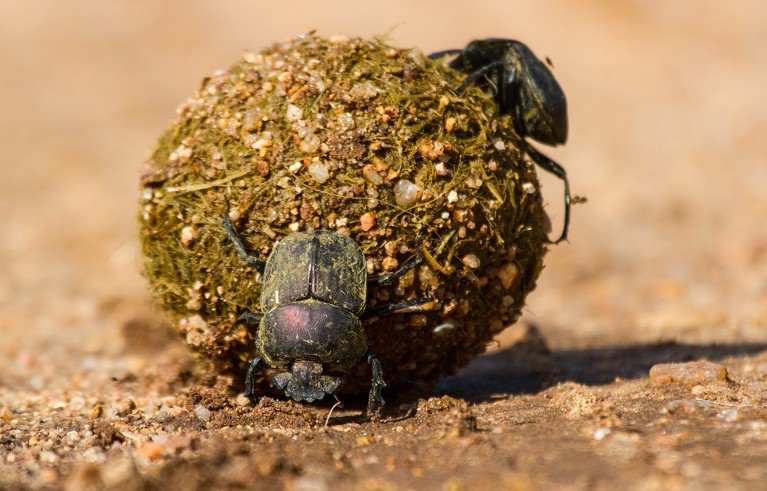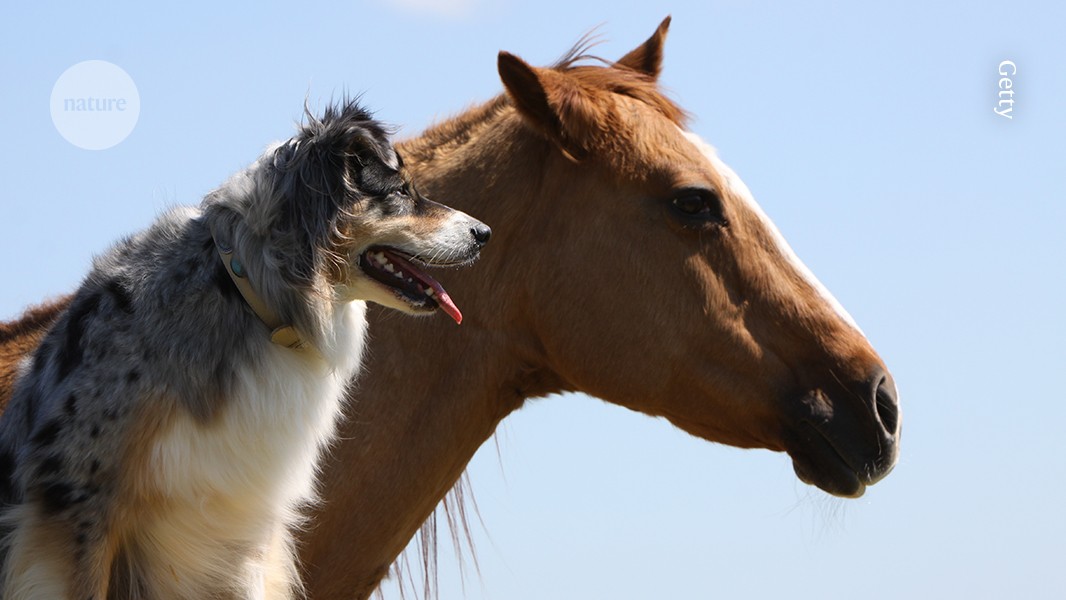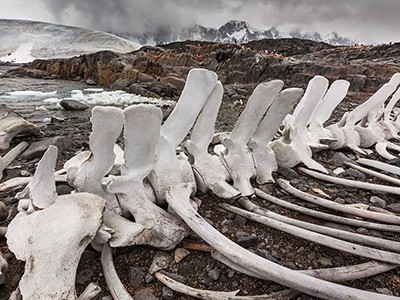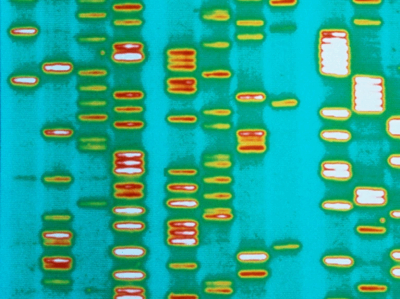Evolution Evolving: The Developmental Origins of Adaptation and Biodiversity Kevin Lala et al. Viking Books (2024)
It’s rare that researchers question theories that make up the backbone of whole fields. But in Evolution Evolving, Kevin Lala and four other eminent evolutionary biologists do just that. Their philosophically informed discussion challenges the textbook version of evolutionary theory, known as the modern synthesis, which has been regarded by many scientists as sacrosanct since its conception in the mid-twentieth century. This shift in thinking — which amounts to a new way of unifying the life sciences — is long overdue.
The modern synthesis contends that the only process that leads to evolutionary adaptations is the gradual natural selection of DNA mutations, which arise at random. Lala and colleagues argue that how an organism develops also plays a central part in evolution, not just natural selection. They have been championing this view, which they call the extended evolutionary synthesis, for more than a decade (K. N. Lala et al. Proc. R. Soc. B 282, 20151019; 2015). And it is hotly debated in the field.
Richard Dawkins book of the dead is haunted by ghosts of past works
The authors explain how development — influenced by the conditions in which organisms live — drives how an organism looks, behaves and evolves. To demonstrate this, they give the example of the Mexican tetra fish Astyanax mexicanus.
Some populations of A. mexicanus are blind cave fish that live in darkness. Other, genetically distinct populations consist of sighted, surface dwellers. If the surface-dwelling fish are kept in total darkness for two years, they develop traits similar to those of the blind cave fish, including a better ability to store fat — beneficial in a dark environment, where the next meal is hard to come by. The stress of darkness seems to activate sets of genes that alter the fishes’ development.
Genetic mutations that help to maintain useful traits are then selected for over many generations, and the traits eventually become entrenched. As the authors put it, “evolution must proceed where development leads”.
Developmental focus
Under the extended evolutionary synthesis, the questions that are fundamental to the field change. Instead of just asking what genetic mutations might give one organism an advantage over its peers, the authors argue, evolutionary biologists should also focus on the developmental mechanisms and structures that underlie fitness differences.
It’s time to admit that genes are not the blueprint for life
A developmental focus, they say, could help in understanding phenomena that are mysterious under the modern synthesis. For example, selective breeding for ‘tameness’, whether in sheep, pigs, horses, dogs or foxes, leads to the evolution of a common series of traits that are not necessarily adaptive — including smaller brains and teeth, curly tails, white patches and flat muzzles. This link, across different animal groups, bred in different ways and at different times, baffled Darwin and others for more than a century.
The modern synthesis dictates that genetic mutations arise at random, which makes it hard to understand why these traits would consistently evolve in all these tamed animals. But seen through a developmental lens, things are clearer. All these features involve the same embryonic cell type (the neural crest) and their development is thus driven by similar sets of genes.
Thus, new traits do not arise at random. Some are more likely than others, and suites of traits often arise together. Understanding such ‘developmental biases’ can enable researchers to better understand how traits originate, what directions future evolution might take and how rapidly evolution might proceed.
Inheritance beyond genes
Another aspect of evolution often ignored or downplayed by orthodox evolutionists is the passing down of traits through generations in ways that do not involve variations in DNA sequence. These ‘extragenetic’ modes of inheritance should be incorporated into evolutionary models, the authors contend.
For example, certain whales learn from their mothers how to corral schools of fish into air bubbles. Desert woodrats (Neotoma lepida) eat their mothers’ faeces, which contain gut microorganisms that allow the woodrats to digest plants rich in highly toxic creosote. And molecules called epigenetic marks, which are associated with DNA and modify gene activity, are passed down through generations too. Epigenetic marks that form when mice in the laboratory are trained to link a particular smell with an electric shock, for example, have been passed down to their grandchildren — the young mice are scared of the same smell, even though they have never received the shock.

Dung beetles make changes to their environment to benefit their offspring.Credit: iStock/Getty
Furthermore, some organisms construct environments to benefit the development of subsequent generations. Dung beetles, for instance, make balls of cow dung, into which they add their own faeces as food, and lay a single egg. The nutrients and microbes in these balls influence how the larvae develop, and in turn the sizes and shapes of the beetles and how they evolve.




